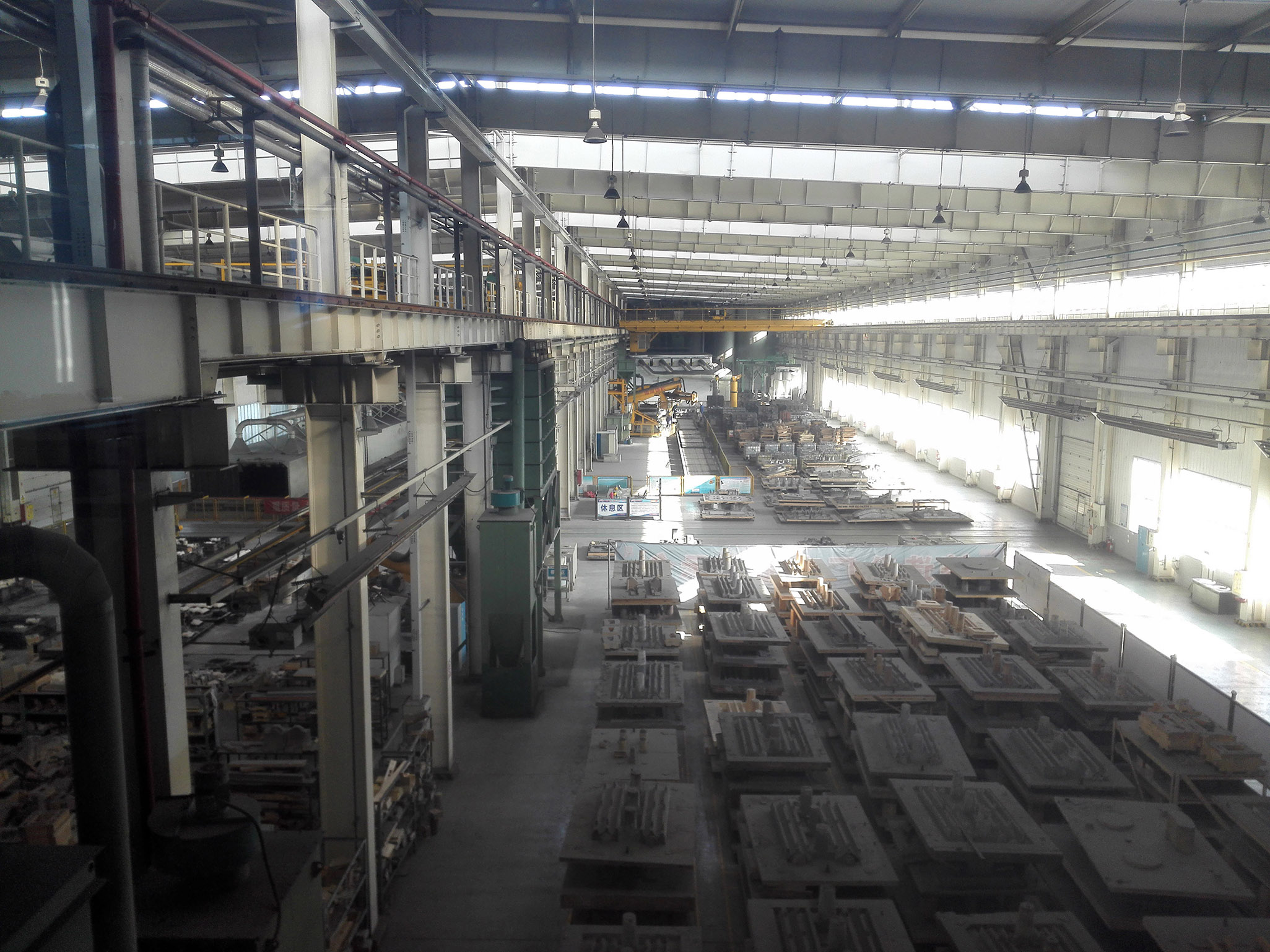- Afrikaans
- Albanian
- Amharic
- Arabic
- Armenian
- Azerbaijani
- Basque
- Belarusian
- Bengali
- Bosnian
- Bulgarian
- Catalan
- Cebuano
- China
- China (Taiwan)
- Corsican
- Croatian
- Czech
- Danish
- Dutch
- English
- Esperanto
- Estonian
- Finnish
- French
- Frisian
- Galician
- Georgian
- German
- Greek
- Gujarati
- Haitian Creole
- hausa
- hawaiian
- Hebrew
- Hindi
- Miao
- Hungarian
- Icelandic
- igbo
- Indonesian
- irish
- Italian
- Japanese
- Javanese
- Kannada
- kazakh
- Khmer
- Rwandese
- Korean
- Kurdish
- Kyrgyz
- Lao
- Latin
- Latvian
- Lithuanian
- Luxembourgish
- Macedonian
- Malgashi
- Malay
- Malayalam
- Maltese
- Maori
- Marathi
- Mongolian
- Myanmar
- Nepali
- Norwegian
- Norwegian
- Occitan
- Pashto
- Persian
- Polish
- Portuguese
- Punjabi
- Romanian
- Russian
- Samoan
- Scottish Gaelic
- Serbian
- Sesotho
- Shona
- Sindhi
- Sinhala
- Slovak
- Slovenian
- Somali
- Spanish
- Sundanese
- Swahili
- Swedish
- Tagalog
- Tajik
- Tamil
- Tatar
- Telugu
- Thai
- Turkish
- Turkmen
- Ukrainian
- Urdu
- Uighur
- Uzbek
- Vietnamese
- Welsh
- Bantu
- Yiddish
- Yoruba
- Zulu
set. . 14, 2024 22:53 Back to list
large steel castings
The Importance of Large Steel Castings in Modern Industries
Large steel castings play a crucial role in various industrial applications, serving as foundational components for numerous machinery and structures. The process of creating large steel castings involves pouring molten steel into pre-shaped molds, allowing it to cool and solidify into the desired form. This method is essential for producing parts that require high strength, durability, and precision.
One of the most significant advantages of steel castings is their ability to withstand extreme conditions. For instance, in the energy sector, large steel castings are integral to the manufacturing of components for power generation equipment, such as turbines and generators. These parts must endure high temperatures and pressures, demonstrating the necessity for materials that possess exceptional mechanical properties. Steel castings are engineered to meet these demands, showcasing their resilience and reliability under stress.
In the manufacturing industry, large steel castings are employed in various machinery such as pumps, valves, and heavy equipment. The automotive and aerospace sectors also rely on these castings for producing essential parts like engine blocks and landing gear, respectively. The complex geometries often found in these applications are well-suited for casting processes, which can create intricate shapes that would be difficult to achieve through machining alone.
large steel castings

Moreover, the versatility of large steel castings allows for customization according to specific operational needs. Manufacturers can design molds that cater to various requirements, ensuring that the final product meets the exact specifications for weight, shape, and performance. This adaptability is particularly beneficial in industries where precision engineering is paramount.
However, the production of large steel castings is not without its challenges. The casting process can introduce defects such as porosity, shrinkage, or inclusions, which may compromise the integrity of the final product. Therefore, quality control measures are critical throughout production, including rigorous testing and inspection protocols. These measures ensure that each casting meets industry standards and performs reliably under operational conditions.
Sustainability is also becoming increasingly significant in the casting industry. With a growing awareness of environmental issues, many manufacturers are adopting greener practices, such as recycling scrap metal and reducing energy consumption in the casting process. Innovations in technology, including the use of 3D printing for mold creation, are also paving the way for more efficient and sustainable casting practices.
In conclusion, large steel castings are vital components in a wide array of industries, from energy to aerospace. Their ability to withstand extreme conditions, coupled with their versatility and customization options, make them an essential choice for engineers and manufacturers worldwide. As industries continue to evolve, the demand for high-quality steel castings will remain strong, driving advancements in technology and sustainable practices within the sector. Understanding the importance of these castings and improving the methods of their production will be crucial for meeting future industrial needs.
-
Custom Cast Iron Pipe Mold Bottom Ring Durable & ODM Solutions
NewsMay.22,2025
-
Precision nvestment Casting Services – Custom & ODM Solutions
NewsMay.22,2025
-
High-Quality Concrete Pipe Mold Bottom Rings China Factory Supplier
NewsMay.22,2025
-
High-Efficiency Domestic Heating Heat Exchangers Custom Designs
NewsMay.21,2025
-
Premium Cast Steel Pipe Mold Bottom Ring Custom & ODM Solutions
NewsMay.21,2025
-
High-Precision Colloidal Silica Casting Solutions Custom & ODM
NewsMay.20,2025


